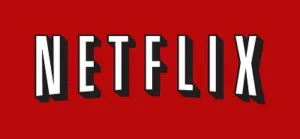We had a chance to talk to Netflix at the SMPTE conference about a range of topics. We found them quite open to discussing details.
For example, the company is now requesting that all new content be delivered in a 4K-UHD format as they see this as a way to future proof their content. This content is packaged as a premium subscription service that controls the whole pipeline to the home. They see adoption increasing and will roll out the service in other countries soon.
According to Steven Kang, Sr. Engineer at Netflix, the use of High Dynamic Range (HDR) and Wide Color Gamut (WCG) in their 4K content is a creative decision. They don’t mandate this part, but leave it up to the creatives. However, Netflix believes in these features and will evangelize to help educate the creatives and nudge them in this direction. Kang says they have a prototype HDR service and they are evaluating the various “flavors” of mastering and delivering HDR content now. They are leaning toward a single stream solution, however, and could have a decision soon.
As far as the workflow for HDR, Kang says that all the major studios and post houses have some version of a workflow, but they are all different. Netflix would like to see ACES eventually become the standard workflow. ACES 1.0 is the current standard and it needs some improvements. Content is still being master in a P3 color space. 2020 mastering will come later as the market size expands.
Netflix is also working on better on-set tools and has developed a box that facilitates on-set management of assets and editing. The use Amazon’s Snowball, which is a rugged NAS device with 50 TB of storage. This costs the content creators about $200 for 10 days of rental. It can be shipped to Amazon for uploading to the cloud within 24 hours, allowing access by all members of the team.

